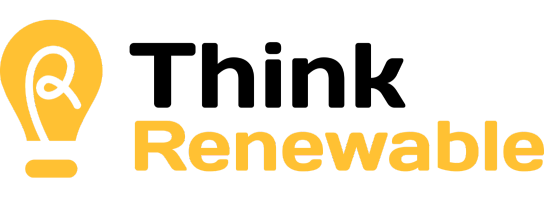Tips for Writing a CV that Gets You Noticed
Job hunting is a competitive process. And, as with any competition, preparation is the key to being the first over the finish line. If you want to have the best chance of winning the race to that dream role, then it comes down to nailing your CV.
The following tips on how to write a CV will help you make the best impression on the recruiter or hiring manager and set yourself apart from the other candidates.
Focus on the Fundamentals
Your CV should be a reflection of who you are in the professional world. In this job-hunting game, it’s not only about selling your achievements but also presenting your case clearly in a format that is easy for the hiring manager to digest. If you’re not sure where to start with your resume, you can always search online for examples of a good CV or ask your recruiter for advice.
Make sure your CV is up to date with all of your most recent responsibilities and achievements, as well as training and professional development experience. This crucial information can be challenging to recall when you’re applying for a role, so keep a note in your calendar to update your CV every few months. That way it will be fresh and ready to go when the right role arises.
And don’t forget to proofread your CV before submitting it, keeping an eye out for typos and spelling errors. A second set of eyes might spot that mistake you missed, so consider asking a friend or mentor (or your recruiter!) to review the document before you send it.
Ensure it is Succinct and Well-Structured
It’s worth bearing in mind that a hiring manager could be looking at dozens or even hundreds of applications for a single role. So it’s not uncommon for people to skim read CVs, looking for specific qualifications or experience rather than reading word for word.
Start with your most recent position and then list your work history in reverse chronological order. Don’t bother including too much information about your earliest roles – focus on your most recent and relevant achievements.
It’s also important to include both the month and year you started each position so your new employer can understand your full work history. If there are gaps in your CV, don’t worry – you can include a line about your sabbatical or how you occupied a period of unemployment. It’s better to address it upfront rather than leave the hiring manager with questions before you’ve even met them.
Try to keep your whole CV to two or three pages, providing a clear and concise summary of your work history and accomplishments. When writing, avoid long or convoluted sentences that might confuse the reader. Keep your wording simple and to the point (bulleted lists are a great way to succinctly present key points), and be strategic about how you use headings and sub-headings.
Be Specific and Quantify Achievements
When it comes to presenting your skills and experience, specificity is everything. A good structure to use for each position in your work history is role, responsibilities and achievements. Clearly present your job title and the organisation you worked for as a heading, then include a brief statement about your overarching role. This could be something like, “During my time with XYZ, I managed a team of 25 marketing and design professionals and sat as a member of the senior leadership team”.
Next, provide a list of achievements that illustrate what you did in that role. Start each bullet point with action verbs such as “managed”, “created” or “developed” and add quantifiable data if possible. For example, if you’re talking about sales results, say something like, “Delivered a 15% increase in sales during my first quarter by attracting a major new client to the business”.
Try to keep away from cliches that could be used to describe anyone at your professional level. This is the time for you to shine and find opportunities to showcase your specific skills and attributes in a memorable way.
Tailor Your CV to Each Vacancy
It might be tempting to keep a generic CV that you can roll out every time you apply for a job, but tailoring your application is key. It’s not enough for you to know you are capable of doing the job; you need to be able to demonstrate it.
This doesn’t mean writing your CV from scratch every time. Instead, look at the job ad and pull out the main attributes and skills the hiring manager is looking for. You can then include keywords and phrases within your CV or do a quick check to ensure your application covers all the most important components the company is seeking in their new hire.
At the end of the day, you want to make it as easy as possible for the hiring manager to recognise how well suited you are to the role – and what makes you different from the other applicants.
Start Your Job Search Today
Our experienced team at WOW Recruitment know how daunting it can be to go through the job application process. That’s why we’re on hand to offer you practical guidance and CV tips so you create an application that will get you noticed for all the right reasons.
For more resume advice or to take the next step in your career, drop us a line today.
















